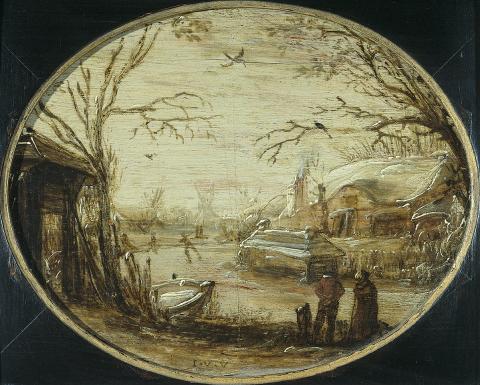The procedure
The reason for the application for restitution is a letter sent by the applicants to the Netherlands Institute for Art History (hereafter referred to as: ‘the RKD’) on 22 May 2007 concerning the painting Winter Landscape by Jan van de Velde II, which was sold by Curt Glaser in 1933, and the whereabouts of which the applicants were trying to establish. In response to this, the Rijksmuseum informed the applicants that it had recently been discovered that ‘in the State-owned collection of the Rijksmuseum there is a painting by Jan van de Velde II, which originally formed part of the Glaser collection’. As a result of the application for restitution, the Committee instigated a fact-finding investigation, the results of which were included in a draft investigatory report dated 26 November 2009. The draft investigatory report was sent to the Minister with a request for more factual information on 10 December 2009 and to the applicants for comment in a letter dated 11 December 2009. The applicants responded in a letter with enclosures dated 4 February 2010. In response to the draft investigatory report, the Ministry of OCW sent the Committee a letter by Mr W. Pijbes, general manager of the Rijksmuseum Amsterdam, dated 22 March 2010. This letter was sent to the applicants for comment on 6 April 2010. The applicants responded on 11 June 2010, providing additional information. The response by the Rijksmuseum and both responses by the applicants are included as appendices to the investigatory report, which was adopted by the Committee in its present form on 4 October 2010. Given that the painting was donated to the Rijksmuseum in Amsterdam in 1935, this work is now part of the Dutch national art collection (inventory number SK-A-3241). Although the painting is not part of the Netherlands Art Property Collection, which is made up primarily of works of art that were returned to the Netherlands after the war, the Committee will issue its recommendation under article 2, paragraph 1 in conjunction with paragraph 4 of the Decree establishing the Restitutions Committee, which stipulates that, with regard to items of cultural value that are in the custody of the Dutch State, the Committee has to issue a recommendation with due regard for the more relaxed restitutions policy. During the procedure, the applicants were represented by Rowland & Associates, a law firm based in New York, United States.
